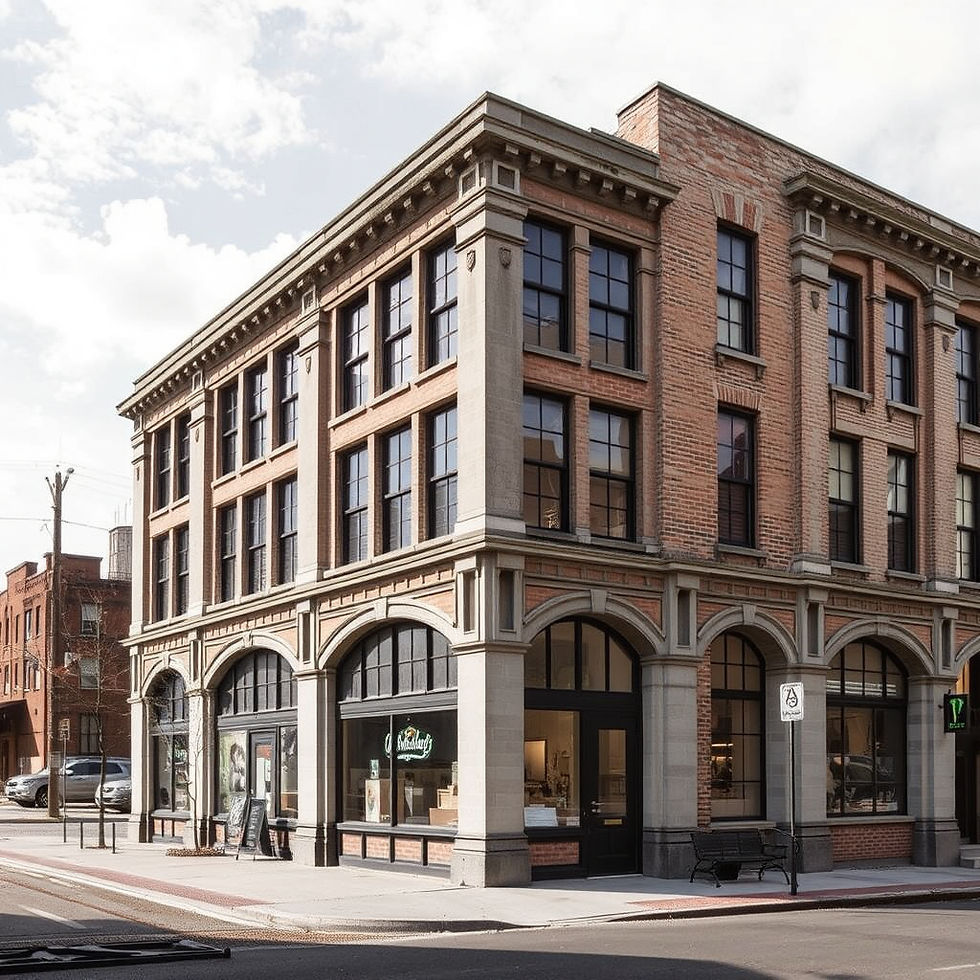The 6 Steps For The Design Process
- Phase Zero
- Dec 7, 2023
- 2 min read
Updated: Oct 11
Whether you’re renovating a home, planning an interior redesign, or tackling an architectural project, following a structured design process is crucial. It ensures ideas are not only creative but also functional, sustainable, and feasible.
This guide breaks down the six essential steps of the design process, helping professionals and homeowners turn visions into reality efficiently and thoughtfully.
Step 1: Research and Discovery
Purpose: To understand the project context, client needs, and site constraints.
Client Consultation: Discuss requirements, lifestyle needs, budget, and aesthetic preferences.
Site Analysis: Measure spaces, evaluate light, views, orientation, and structural limitations.
Contextual Research: Understand local regulations, building codes, and planning permissions.
Inspiration Gathering: Collect references, trends, and materials that resonate with the desired style.
Tip: A thorough discovery phase prevents costly mistakes later in the project.
Step 2: Concept Development
Purpose: To explore creative solutions and define the project vision.
Brainstorming: Sketch ideas and develop multiple layout and design options.
Mood Boards: Visualise colour schemes, materials, textures, and finishes.
Preliminary Planning: Start exploring zoning, circulation, and functional requirements.
Sustainability Considerations: Identify opportunities for energy efficiency, natural lighting, and material choices.
Tip: Concept development is iterative — allow exploration before narrowing down options.
Step 3: Schematic Design
Purpose: To translate ideas into initial design proposals.
Floor Plans and Layouts: Define room sizes, furniture placement, and traffic flow.
Elevation Sketches: Illustrate architectural forms and spatial relationships.
3D Visualizations: Use renderings to communicate scale, proportions, and style.
Feasibility Check: Review compliance with planning rules and structural limitations.
Tip: Schematic designs bridge abstract ideas and technical solutions, helping stakeholders visualise the project.
Step 4: Design Development
Purpose: To refine the design and resolve technical details.
Detailed Drawings: Develop architectural, structural, and interior plans.
Material and Finish Selection: Finalise surfaces, fixtures, fittings, and colours.
Coordination: Collaborate with engineers, contractors, and consultants for integrated solutions.
Budget Refinement: Adjust design to align with costs and project scope.
Tip: This step ensures the design is buildable, budget-conscious, and aligned with client expectations.
Step 5: Construction Documentation
Purpose: To prepare precise technical documents for execution.
Detailed Plans: Include all measurements, materials, and specifications.
Schedules and Notes: List finishes, fixtures, and mechanical/electrical requirements.
Regulatory Submission: Submit documents for building permits or planning approvals.
Contractor Coordination: Provide guidance for tendering and construction bidding.
Tip: Clear documentation minimizes errors, miscommunication, and costly site revisions.
Step 6: Construction and Project Delivery
Purpose: To bring the design to life.
Site Supervision: Monitor construction progress and ensure adherence to design intent.
Quality Control: Inspect materials, finishes, and workmanship.
Client Updates: Keep stakeholders informed of progress and potential adjustments.
Final Handover: Complete the project, including commissioning, testing, and documentation for operation.
Tip: Post-occupancy feedback is invaluable for future projects — it highlights successes and lessons learned.
Why Following a Structured Design Process Matters
A systematic design process ensures:
Efficiency: Reduces delays and prevents budget overruns.
Clarity: Aligns client expectations with the design outcome.
Quality: Produces thoughtful, functional, and aesthetically pleasing results.
Sustainability: Allows integration of eco-friendly materials, energy-efficient systems, and adaptable spaces.
Conclusion
The six steps of the design process — research, concept, schematic, development, documentation, and construction — provide a roadmap for transforming ideas into reality. By following these stages, architects, designers, and homeowners can ensure projects are well-conceived, functional, and visually striking.
Whether designing a home, office, or public space, a structured approach helps maximize creativity while minimizing risk, ultimately delivering spaces that are practical, beautiful, and future-ready.



